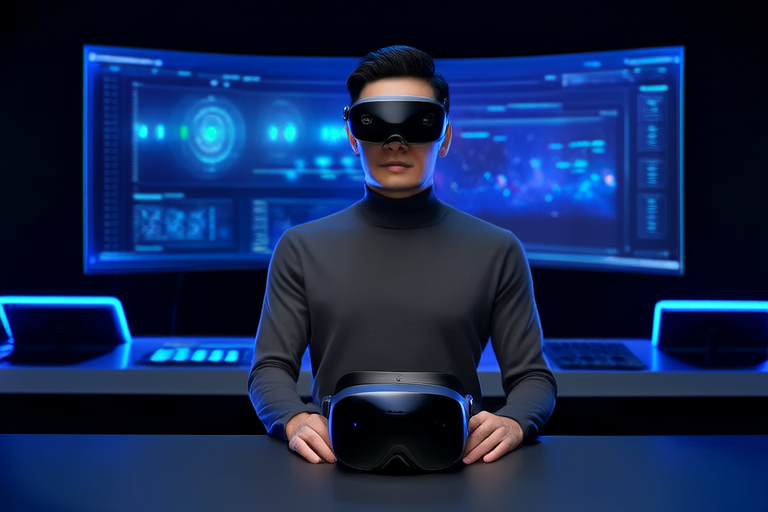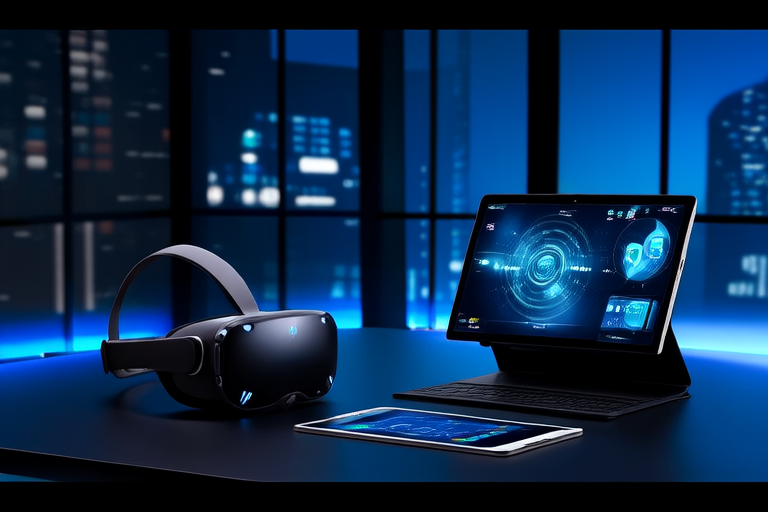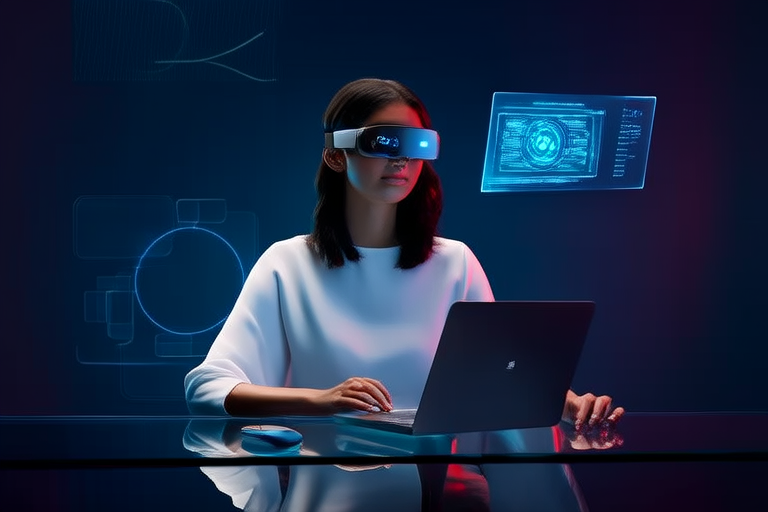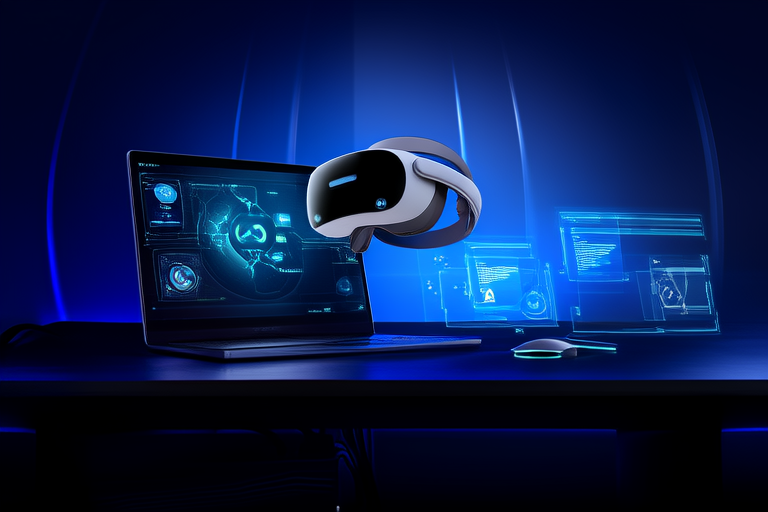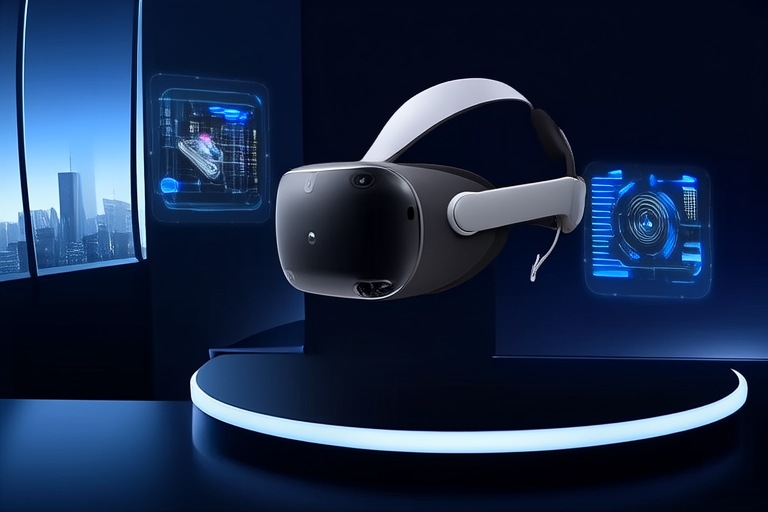“`html
The Rise of Virtual Worlds: Unlocking Potential with VR and AR
Introduction
Virtual worlds, encompassing both Virtual Reality (VR) and Augmented Reality (AR), represent a paradigm shift in how we interact with digital environments. VR immerses users in entirely computer-generated worlds, while AR overlays digital information onto the real world, enhancing our perception of reality. The growing popularity of these technologies is not limited to entertainment; they are increasingly being adopted in various sectors, including education, healthcare, retail, and manufacturing.
The potential impact of virtual worlds is profound, promising to transform society, business, and personal life. By providing immersive and interactive experiences, VR and AR can enhance learning, improve healthcare outcomes, and revolutionize shopping experiences. As these technologies continue to evolve, they hold the promise of unlocking new potentials and reshaping the way we live and work.
Body
Section 1: Evolution of VR and AR Technologies
The journey of VR and AR began decades ago, with early concepts emerging in the mid-20th century. The first head-mounted display was developed in the 1960s, marking the inception of VR technology. Over the years, advancements in hardware and software have paved the way for more sophisticated applications. Key milestones include the introduction of the Oculus Rift in 2012 and Microsoft’s HoloLens in 2015. These innovations have significantly contributed to the current landscape of VR and AR technologies, making them accessible to a broader audience.
Today, VR and AR are no longer confined to niche markets. They are being integrated into various industries, offering solutions that were once thought impossible. From immersive gaming experiences to advanced medical procedures, the potential applications are vast and varied.
Section 2: Applications in Various Industries
Entertainment
In the realm of entertainment, VR and AR are transforming gaming, film, and live events. Immersive gaming experiences allow players to step into fantastical worlds, interacting with environments and characters in unprecedented ways. Similarly, AR is enhancing film and television, offering viewers a more engaging and interactive experience. Live events, such as concerts and sports matches, are also benefiting from these technologies, providing spectators with unique perspectives and additional layers of interaction.
Education
The educational sector is witnessing a significant transformation through the integration of VR and AR. These technologies are creating immersive learning environments that enhance engagement and retention. For instance, students can explore historical sites, conduct virtual experiments, and engage in hands-on simulations, all within a safe and controlled digital environment. This approach not only makes learning more enjoyable but also fosters a deeper understanding of complex concepts.
Healthcare
In healthcare, VR and AR are playing pivotal roles in training, therapy, and patient care. Medical professionals can use VR to simulate surgical procedures, enhancing their skills and reducing the risk of errors. AR, on the other hand, is aiding in patient care by providing real-time data and guidance during procedures. Additionally, VR is being used in therapeutic settings to treat conditions such as PTSD and phobias, offering patients a controlled and safe environment to confront their fears.
Retail
The retail industry is also embracing VR and AR to revolutionize shopping experiences. Customers can now visualize products in their homes before making purchases, thanks to AR applications. VR is enabling immersive shopping experiences, allowing consumers to browse virtual stores and interact with products in a more engaging manner. These technologies are not only improving customer satisfaction but also driving sales and fostering brand loyalty.
Manufacturing and Engineering
In manufacturing and engineering, VR and AR are proving invaluable in design, simulation, and maintenance. Engineers can use VR to create and test prototypes in a virtual environment, reducing costs and time associated with physical prototyping. AR is assisting technicians in performing complex tasks by overlaying instructions and diagrams onto real-world objects. This enhances efficiency and accuracy, leading to better product quality and reduced downtime.
Section 3: Benefits and Challenges
Benefits
The benefits of using VR and AR are numerous. Improved engagement is one of the most significant advantages, as these technologies offer immersive and interactive experiences that captivate users. Cost savings are another notable benefit, particularly in industries where physical prototyping and travel are common. Enhanced collaboration is also a key advantage, as VR and AR enable remote teams to work together in shared virtual spaces.
Challenges
Despite their potential, VR and AR face several challenges. Technical limitations, such as resolution and latency, can detract from the user experience. User comfort is another concern, as prolonged use of VR headsets can lead to discomfort and motion sickness. Ethical considerations also arise, particularly in areas such as data privacy and the potential misuse of these technologies.
Section 4: Future Prospects
The future of VR and AR looks promising, with ongoing advancements expected to further enhance these technologies. Improved hardware and software will lead to more realistic and immersive experiences. New applications and industries are likely to emerge, expanding the reach and impact of VR and AR. In the workplace, virtual worlds could become integral to remote collaboration, while social interactions may be transformed through virtual gatherings and events.
Conclusion
In conclusion, the rise of virtual worlds represents a significant milestone in the evolution of technology. VR and AR have the potential to unlock new potentials across various domains, transforming the way we learn, work, and interact. While challenges remain, the benefits are undeniable, and the future prospects are exciting. As these technologies continue to evolve, they will undoubtedly play a crucial role in shaping the future of work and social interactions.
The ongoing evolution of virtual worlds underscores the transformative power of VR and AR. By embracing these technologies, we can unlock new possibilities and pave the way for a more connected and enriched future.
“`
